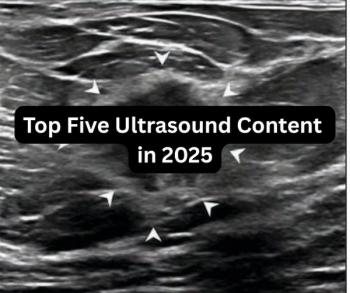FDA-Cleared AI Triage Software for Chest X-Rays Offers Enhanced Detection of Pleural Effusion and Pneumothorax
BraveCX, an artificial intelligence (AI)-enabled software, reportedly has an area under the curve (AUC) of 98 percent for detecting pneumothorax on chest X-rays.
The Food and Drug Administration (FDA) has granted 510(k) clearance for BraveCX, an emerging triage and notification software for adult chest X-rays, that may facilitate timely diagnosis for urgent cases in an emergency room setting.
BraveCX provides specificity rates ranging between 95 to 97 percent, and
Bering pointed out that findings from a million chest X-rays were utilized to develop the artificial intelligence (AI)-powered software, which was subsequently fine-tuned with over 50,000 labeled chest radiographs from radiologists.
"After over three years of research and collaboration with clinical teams, it's so exciting to see BraveCX emerge as a state-of-the-art tool that has actually 'listened to the end user,’” noted Ignat Drozdov, the CEO and founder of Bering. “FDA clearance means BraveCX prioritizes patient safety (while) still delivering the most advanced risk stratification algorithms where they are needed the most."
Newsletter
Stay at the forefront of radiology with the Diagnostic Imaging newsletter, delivering the latest news, clinical insights, and imaging advancements for today’s radiologists.





























